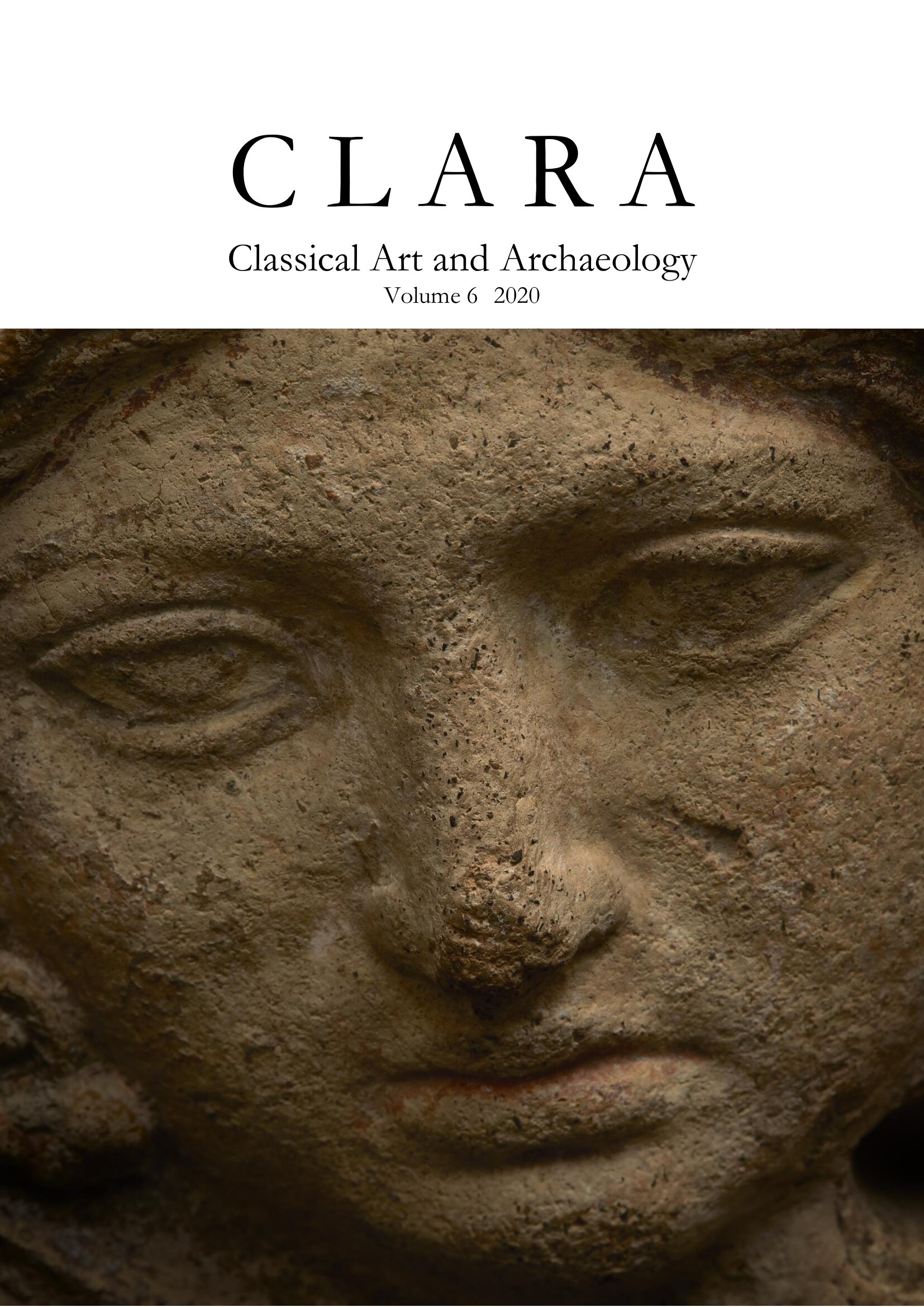The Case of the Missing Anastasis. An iconographical conundrum in the presbytery of S. Maria Antiqua
DOI:
https://doi.org/10.5617/clara.v6i0.8374Abstract
In the present contribution, two authors approach a limited part of the iconography in the sanctuary of Santa Maria Antiqua in Rome, painted during the pontificate of John VII (705-707 AD). Two different hypotheses will try to come closer to a solution of a problem concerning the Christ cycle on the sanctuary side walls, where Christ’s appearance to the Disciples on the Road to Emmaus is the concluding motif. This rather reasonable solution stands, however, in huge contrast to John’s Christ cycle in his oratory in Old Saint Peter’s Basilica which concludes with the ʽHarrowing of Hellʼ or Christ’s descent into Hades. Being a novelty, this, so called Anastasis-scene, where Christ liberates the prisoners of Hades, has a strong soteriological, or salvation historical, meaning. Anastasis, which, in fact, appears in two different locations in John’s rich assembly of motifs in S. Maria Antiqua, is wholly absent from the highly ʽcerebralʼ sanctuary iconography. Our two alternative solutions to this absence both include an Anastasis, either as a free hanging icon (Nordhagen), or as a motif included in the vast Adoration scene on the triumphal arch, here located below the Crucifixion on the steep Cliff of Golgotha (Folgerø).



